It’s an alternative to the manual lymphatic drainage massage. Its operation is simple: through a pressotherapy device, pressure on one or more areas of the body is exerted to stimulate the functioning of the lymphatic system.
The lymphatic system
The lymphatic system is part of the circulatory system of the human body and is vital to the immune system. The lymphatic system consists of an extensive network of lymphatic vessels, which are very similar to the blood vessels, and carries a fluid called lymph.
Lymph is composed of white blood cells (essential for the immune system), high amounts of fats and debris of bacteria and cells. The lymphatic system collects the liquid and debris that accumulate between the cells and tissues. It also collects many lipids generated by digestion.
Unlike blood, the lymphatic system doesn’t have an organ that pumps the lymph, but depends on the muscles and bones that move nearby. When the lymphatic system is affected, the body is not able to drain this fluid, therefore, in such cases, pressotherapy therapy may be helpful to implement this essential body function.
How does pressotherapy work?
Pressotherapy devices come with a central control unit, which blows air into accessories that make a suit that covers the body of the patient. This suit has several parts corresponding to areas of the body, limbs and abdomen.
What are its effects?
- Improves lymphatic drainage acting on the vessels and lymph nodes.
- Stimulates the reabsorption of interstitial fluids (which accumulate between the tissues and cells).
- Promotes the return circulation, lymphatic and venous.
- Analgesic and relaxing effect.
- General wellbeing, by reabsorbing the edemas (fluid buildup).
Therefore, pressotherapy is indicated for treating:
- Cellulite and sagging
- Orange peel
- Lymphatic problems
- Poor circulation, varicose vein prevention
- Muscle and joint problems (physiotherapy)
- Constipation
- Stretch marks
- Postpartum care
- Fluid retention and localised swelling
- Before and afer liposuction
- Menopause
- Edema
- Weight gain
- General tiredness
However, pressure therapy should not be used when there are varicose veins, ulcers, blood pressure problems, lymphangitis, thrombophlebitis, vein thrombosis, inflammatory arthritis, neoplasmas, cardiocirculatory decompensation, or during pregnancy. Neither when the patient suffers asthma or heart failure, kidney or respiratory failure.
Pressotherapy is the best complement for liposuction as it prepares the body before surgery and helps recovery after too.
What does a pressotherapy treatment consist of?
A normal pressotherapy treatment usually involves 8 sessions of 20-40 minute sessions, at most one session a week. The results are visible from the fourth or fifth session. Once treatment is finished —which can be done any time of the year—, we recommend maintenance sessions.
The pressotherapy equipment includes a central unit with compressor, which will be responsible for pumping the air through different tubes to the different cells of each specific accessory. These accessories make a suit that covers the different parts of the patient’s body.
The central unit, depending on the selected program, sends the appropriate air pressure to different parts of the suit, following a specific sequence. Each part of the suit will swell gradually, gently pressing on the body, and then deflating. This goes on for several cycles, depending on the treatment chosen.
By doing this, the pressotherapy reactivates the circulation, leaving a feeling of general wellbeing.
De esta manera, la presoterapia reactiva la circulación, dejando una sensación bienestar general.
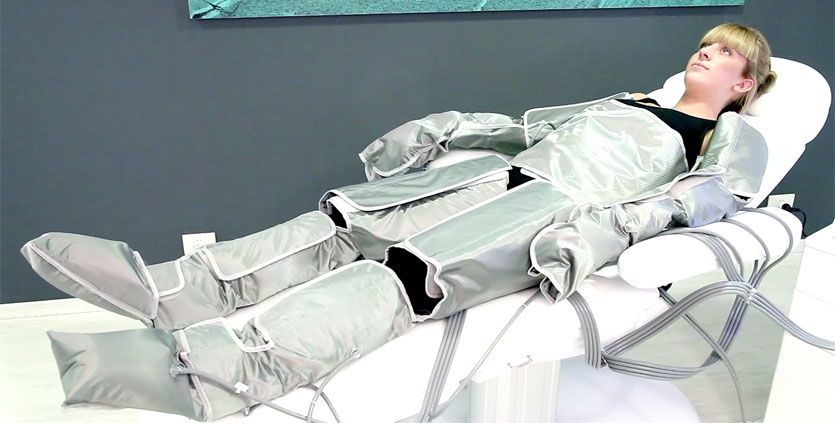
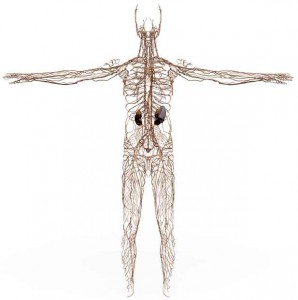
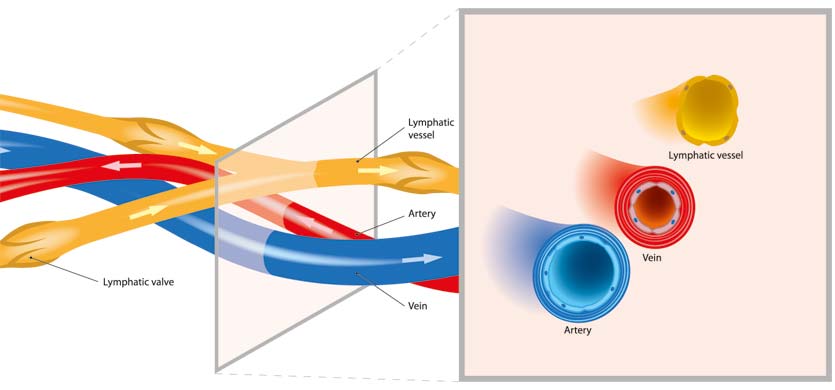
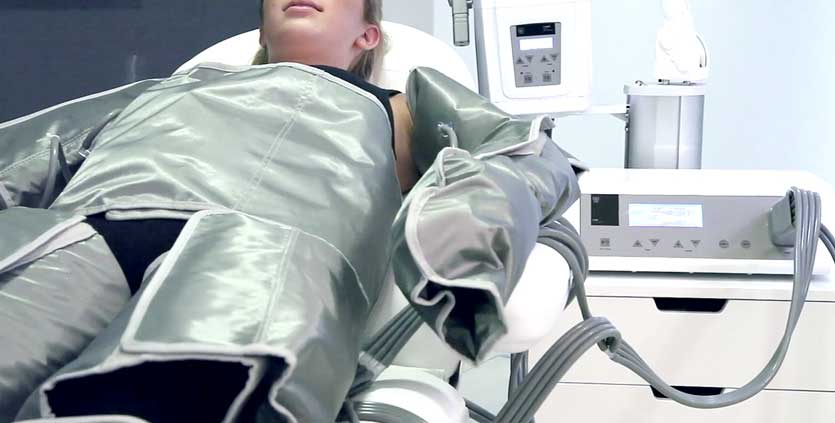

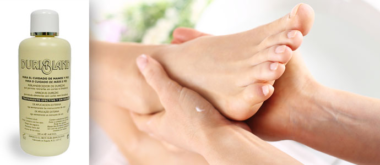
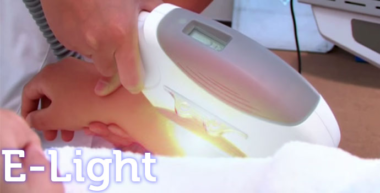
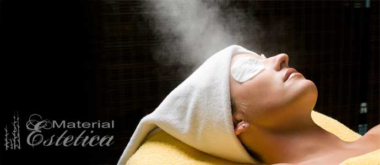
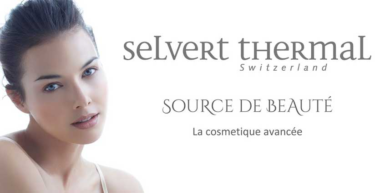
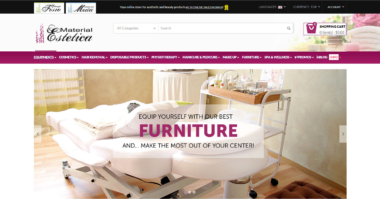
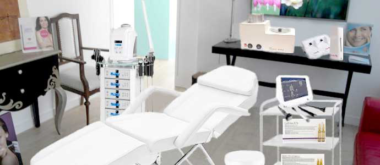




3 thoughts on “How does a Pressotherapy device work?”
Keep on working, great job!
Nice post. I was checking continuously this blog and I am impressed!
Very helpful information specifically the last part 🙂 I care for
such information a lot. I was looking for this particular info for a very long time.
Thank you and best of luck.
Excellent article – great information.
Thanks a lot.